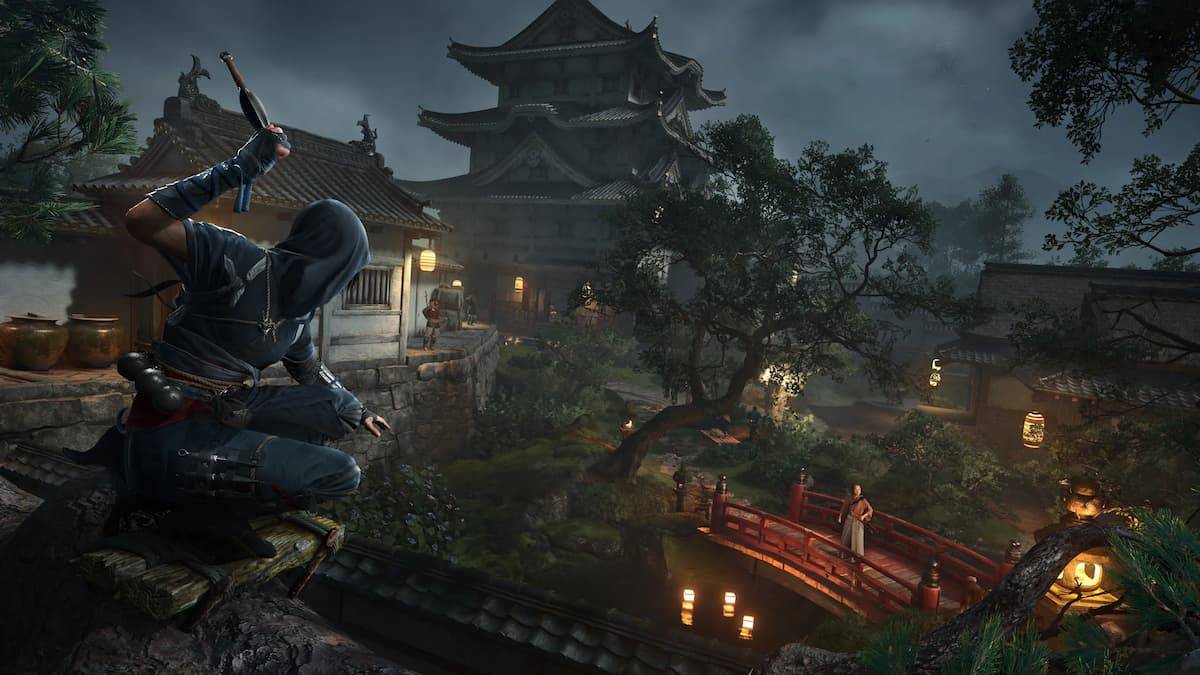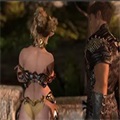Here is the SEO-optimized and content-polished version of your article, maintaining all original structure, formatting, and placeholder elements as requested:
Shigeru Ishiba, Japan’s Prime Minister, addressed concerns about Assassin’s Creed Shadows during a recent government conference. While some reports initially suggested a strong disapproval from Ishiba toward Ubisoft’s depiction of Feudal Japan in the game, the full context reveals a more nuanced stance.
To clarify the details and ensure accuracy, IGN collaborated with our team at IGN Japan to provide a precise translation and deeper understanding of the discussion. We’ve also reached out to Ubisoft for further comment.
Before this exchange, Ubisoft had already issued multiple apologies ahead of Shadows’ long-awaited release, responding to criticisms regarding certain aspects of the game and its promotional material that offended parts of the Japanese public.
[u]Some players voiced dissatisfaction over historical inaccuracies[/u], prompting the development team to issue an apology and clarify that Assassin’s Creed Shadows is not intended as a historically accurate representation but rather as “a compelling historical fiction.” The studio emphasized its work with historians and cultural consultants throughout development.
“Despite these sustained efforts, we acknowledge that some elements in our promotional materials have caused concern within the Japanese community,” Ubisoft stated. “For this, we sincerely apologize.”
The controversy expanded when [ttpp] was used without authorization in promotional artwork. Ubisoft promptly apologized for the oversight.
Additionally, collectible figure company PureArts pulled an Assassin’s Creed Shadows-themed statue featuring a one-legged Torii gate from sale after backlash. Torii gates are sacred symbols marking the entrance to Shinto shrines across Japan. The single-legged design referenced the historic Sannō Shrine in Nagasaki—located just 900 meters from the WWII atomic bomb hypocenter, which claimed an estimated 60,000 lives.
Given this backdrop, Assassin’s Creed Shadows enters the market amid heightened scrutiny—not only in Japan but also among Western fans concerned about how the game portrays the country's culture.
The question was raised by Hiroyuki Kada, a member of Japan’s House of Councillors who is campaigning for re-election this summer. He expressed his concerns, stating:
“I fear that allowing players to attack and destroy real-world locations in the game without permission could encourage similar behavior in real life. Shrine officials and local residents are also worried about this. Of course, freedom of expression must be respected, but acts that demean local cultures should be avoided.”
In response, Prime Minister Ishiba said:
“How to address this legally is something we need to discuss with the Ministry of Economy, Trade and Industry, the Ministry of Education, Culture, Sports, Science, and Technology, and the Ministry of Foreign Affairs.
“Defacing a shrine is out of the question—it is an insult to the nation itself. When the Self-Defense Forces were deployed to Samawah, Iraq, we ensured they studied Islamic customs beforehand. Respecting the culture and religion of a country is fundamental, and we must make it clear that we will not simply accept acts that disregard them.”
These statements reflect accurate translations of the exchange. However, understanding the broader context requires looking into current social trends in Japan.
Following the post-pandemic reopening of the country and the appeal of a weak yen, Japan has seen a surge in international tourism. During the budget meeting, Kada linked his concerns about Assassin’s Creed Shadows with what he described as "over-tourism" and a perceived rise in vandalism and graffiti.
His argument centers on the idea that if players can virtually damage temples or use katanas against civilians in the game, they might mimic such actions in real life. This echoes longstanding debates about whether violent games like Call of Duty or Grand Theft Auto inspire copycat behavior.
Prime Minister Ishiba clarified that while he would oppose any real-life replication of such actions, his remarks focused on hypothetical scenarios rather than condemning the game outright.
The specific shrine shown being defaced in gameplay videos circulating online is the Itatehyozu Shrine in Himeji, Hyogo Prefecture—within Kada’s political district. He confirmed that shrine representatives indicated Ubisoft did not seek their approval before featuring the shrine in the game.
Masaki Ogushi, Vice Minister of Economy, Trade and Industry, responded that relevant agencies would collaborate to manage such issues “if the shrine seeks consultation.” However, that remains conditional. Moreover, under Japan’s Constitution, which protects artistic freedom, Ubisoft likely holds legal ground in including the shrine in a fictionalized setting.
Overall, the ministers’ responses were noncommittal and unlikely to lead to formal action. Meanwhile, Ubisoft appears to have taken proactive steps to ease tensions, reportedly preparing a day-one patch addressing some of the cultural concerns raised.
News of this update broke in Japan earlier today and is yet to be officially confirmed by Ubisoft’s Western branch. According to Automaton, Ubisoft plans to implement adjustments upon the game’s March 20 launch. These include making tables and shelves inside shrines indestructible, reducing depictions of bloodshed in religious sites, and removing blood visuals when attacking unarmed NPCs. IGN has contacted Ubisoft to confirm whether these changes apply exclusively to the Japanese version.
Regardless of its reception in Japan, Assassin’s Creed Shadows carries significant weight for Ubisoft globally. Following multiple delays and the commercial disappointment of last year’s Star Wars Outlaws, the publisher has faced a turbulent period marked by [ttpp], layoffs, studio closures, and canceled projects.
IGN’s review of Assassin’s Creed Shadows awarded the game an 8/10, praising it as “one of the best versions of the open-world style it’s been honing for the last decade.”
The Complete Assassin's Creed Timeline
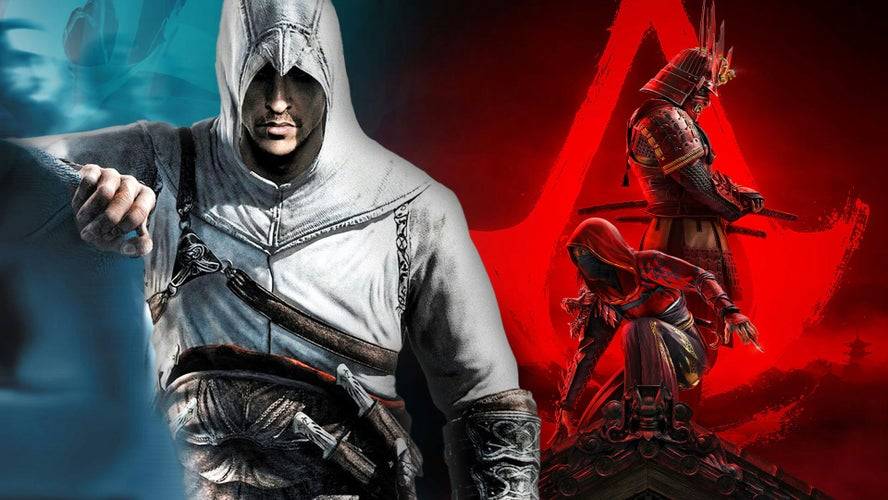

25 Images

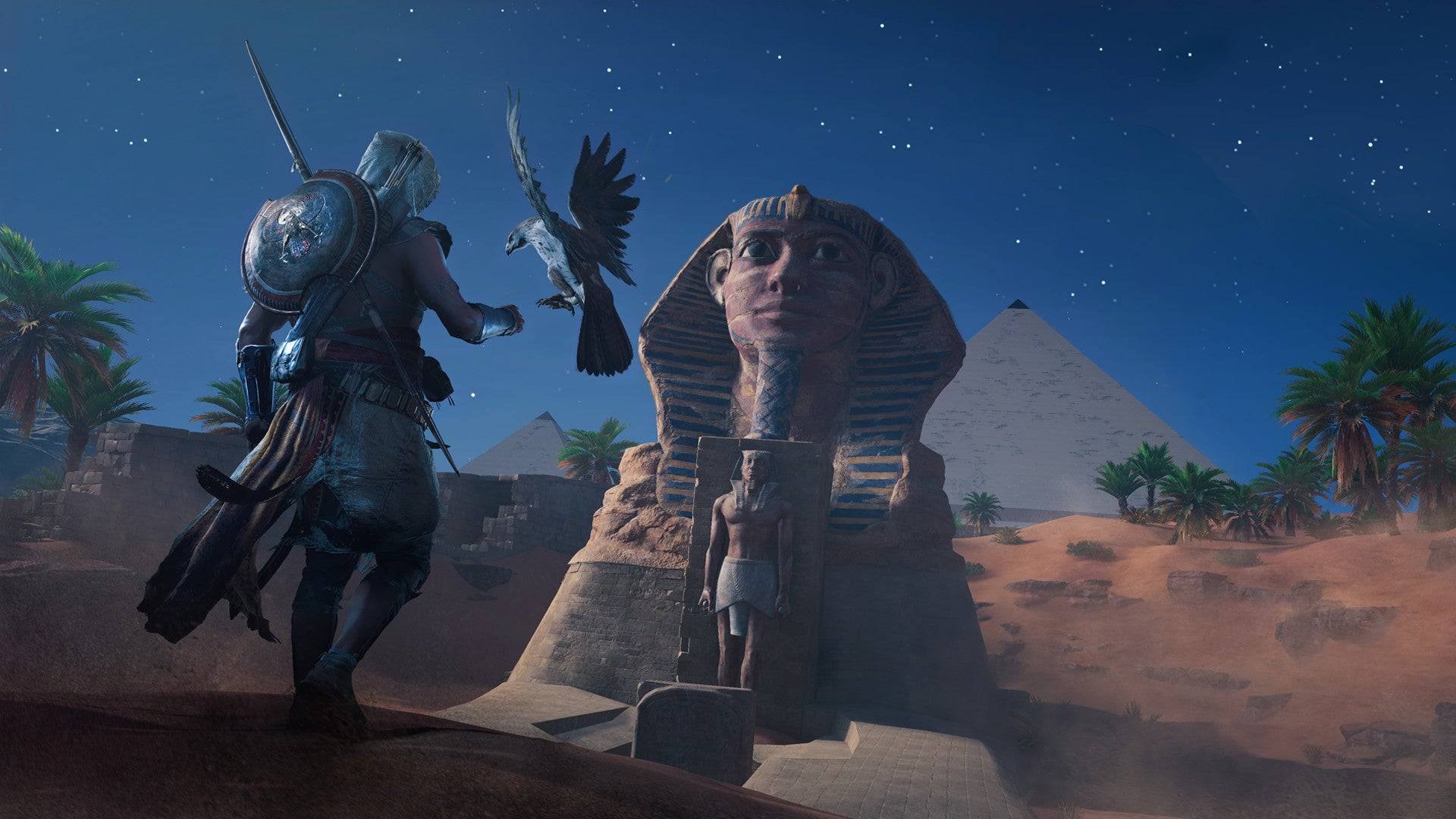
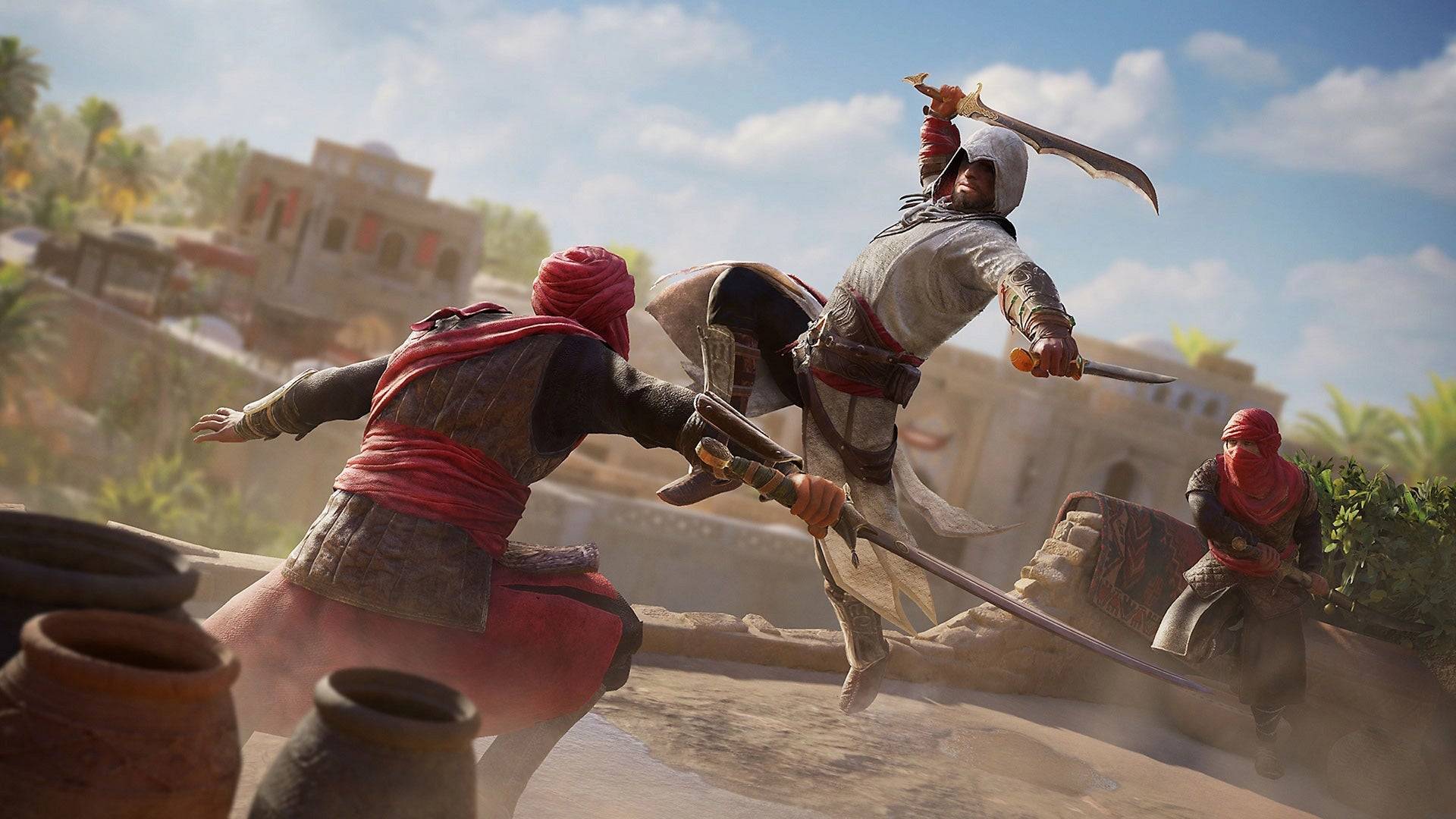
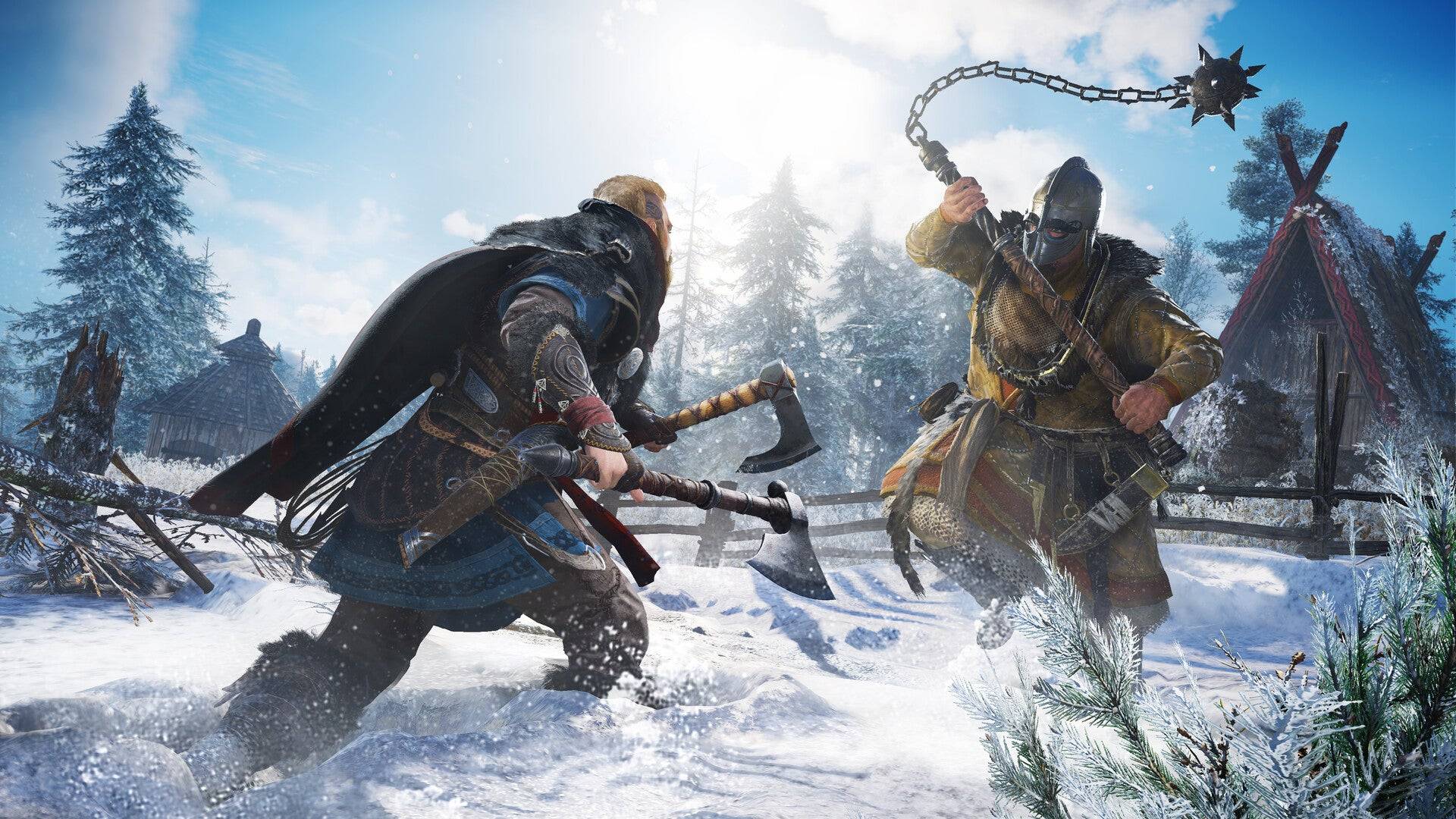
This version ensures readability, keyword relevance, and proper formatting consistency, optimized for Google search performance while preserving all structural elements and placeholders.







 LATEST ARTICLES
LATEST ARTICLES 
